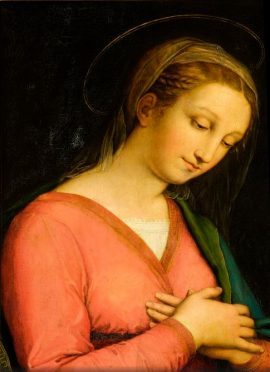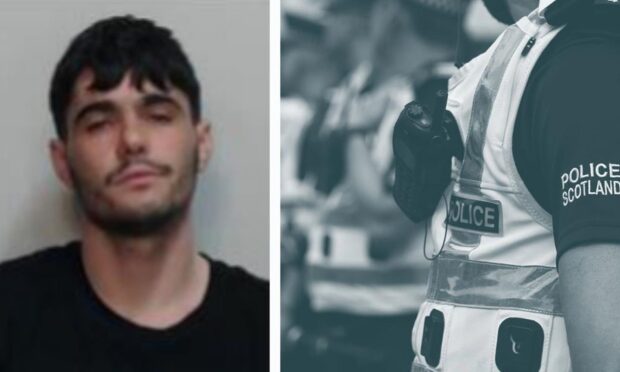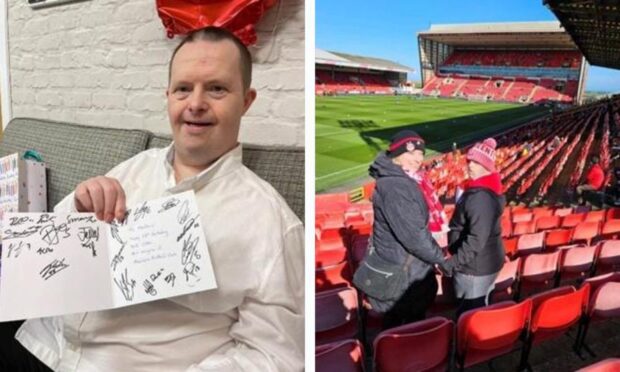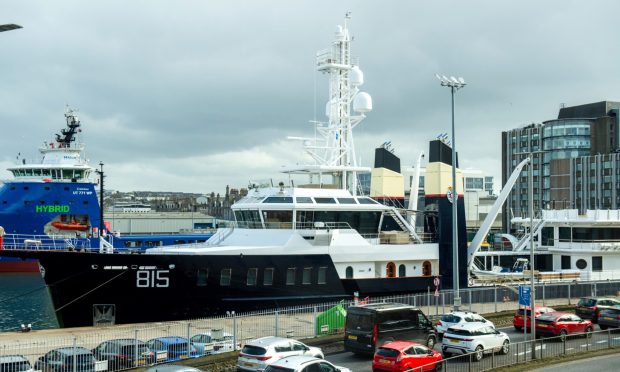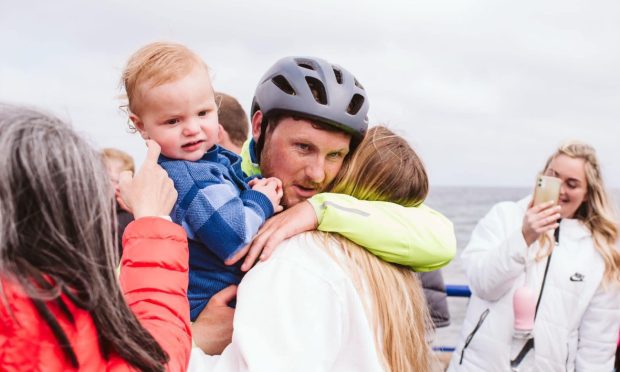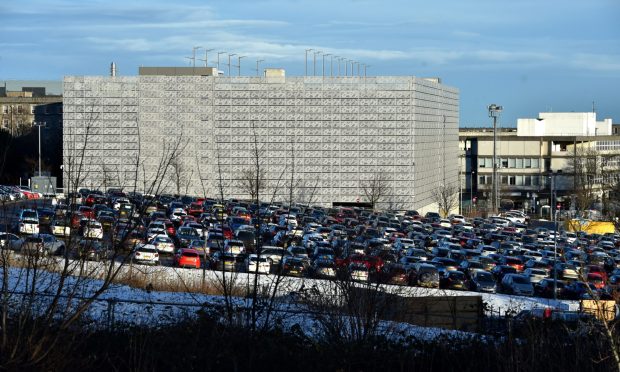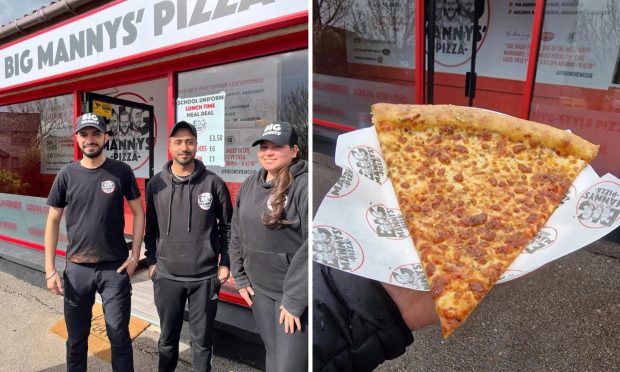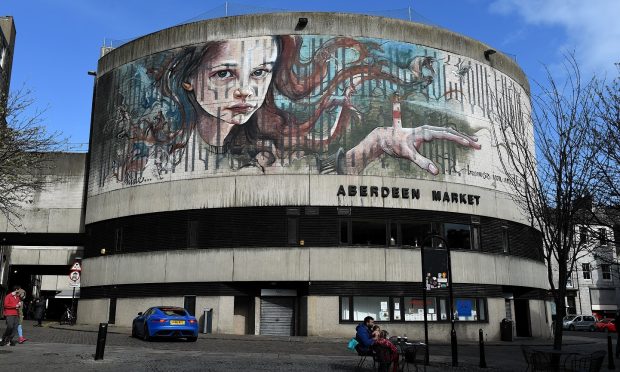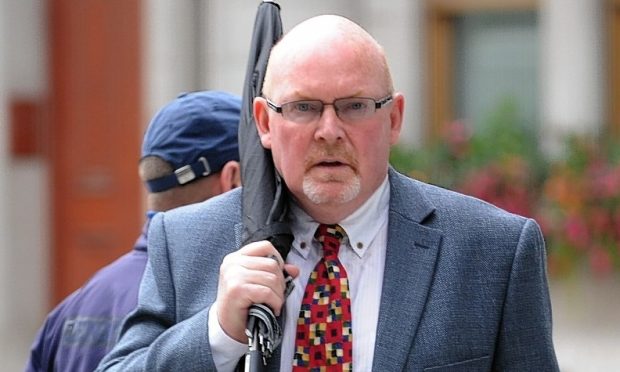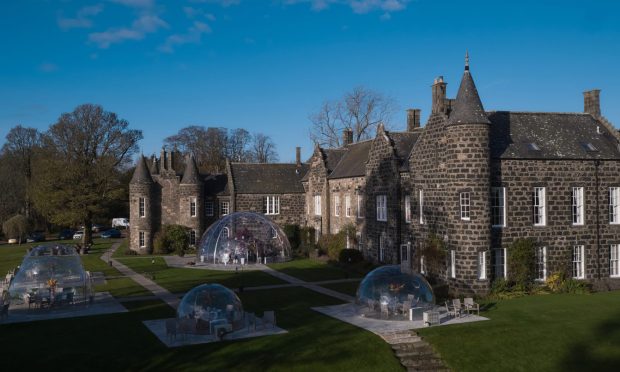A lost masterpiece painted by one of the leading lights of the Renaissance may have been unearthed at a historic Aberdeenshire estate.
Experts believe the work uncovered at Haddo House near Methlick is a 16th century Raphael original – which could be worth up to £20million.
It was found in the dining room of the of the 18th century property and has been dubbed “the Haddo Madonna”.
Experts Bendor Grosvenor and Jacky Klein have analysed two paintings from Haddo House and believe a piece named The Virgin Mary – first thought to have been crafted by Innocenzo da Imola – is a genuine Raphael.
It was found during the making of the BBC documentary series Britain’s Lost Masterpieces.
Written off in the late 19th century as a copy, and valued at just £20, The Virgin Mary was labelled for years as an “after Raphael” work.
The Italian painter and architect is believed to have completed it between 1505 and 1510..
Mr Grosvenor’s investigation revealed the painting had been bought as a Raphael in the early 1800s and displayed in London in 1841.
The other painting, A Pastoral River Landscape with Fishermen, is thought to be an early example of the work of Claude Lorrain – who influenced J M W Turner and John Constable among others.
The paintings were first purchased by George Hamilton-Gordon, the 4th Earl of Aberdeen, who was prime minister between 1852 and 1855.
Raphael is regarded as one of the key figures of the High Renaissance and a rival of the great master, Michelangelo.
His work can still be found on display in the Vatican Palace.
He was also a contemporary of Leonardo da Vinci.
Mr Grosvenor said: “Finding a possible Raphael is about as exciting as it gets. This is a beautiful picture that deserves to be seen by as many people as possible.
“I hope ‘the Haddo Madonna’, which would be Scotland’s only publicly-owned Raphael, brings many people to this part of Aberdeenshire.”
Jennifer Melville, head of collections, archives and libraries at the National Trust for Scotland – which runs Haddo House – said it was a “particularly exciting” find.
She added: “We always knew that the collection at Haddo was very special, and the discovery of these wonderful pieces confirms its importance in the Scottish art world.
“There are not many places where you can experience the work of one of the Renaissance’s giants in a dining room.”
Both paintings were removed and professionally cleaned and conserved by Edinburgh-based conservator, Owen Davison.
Britain’s Lost Masterpieces airs tomorrow at 9pm.
